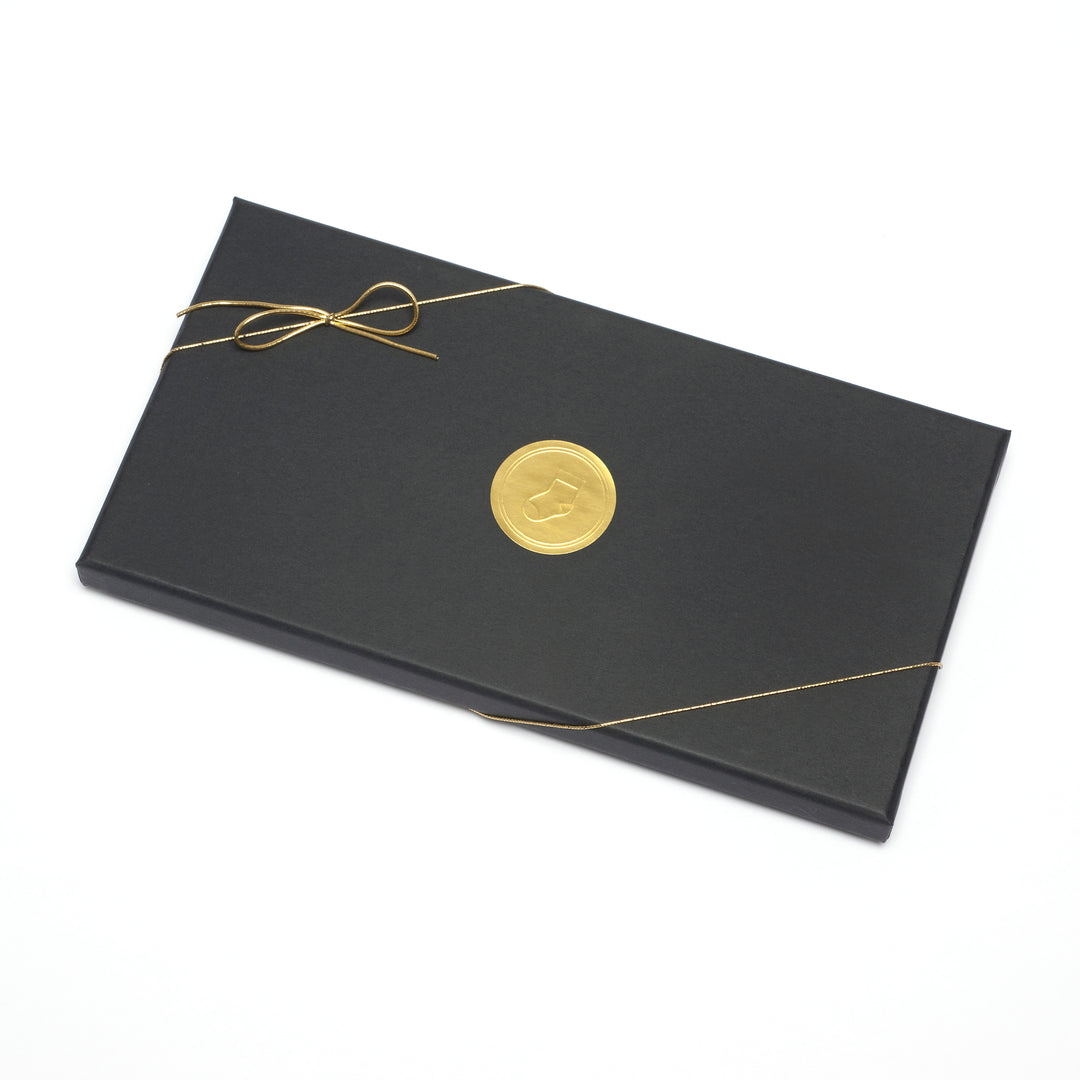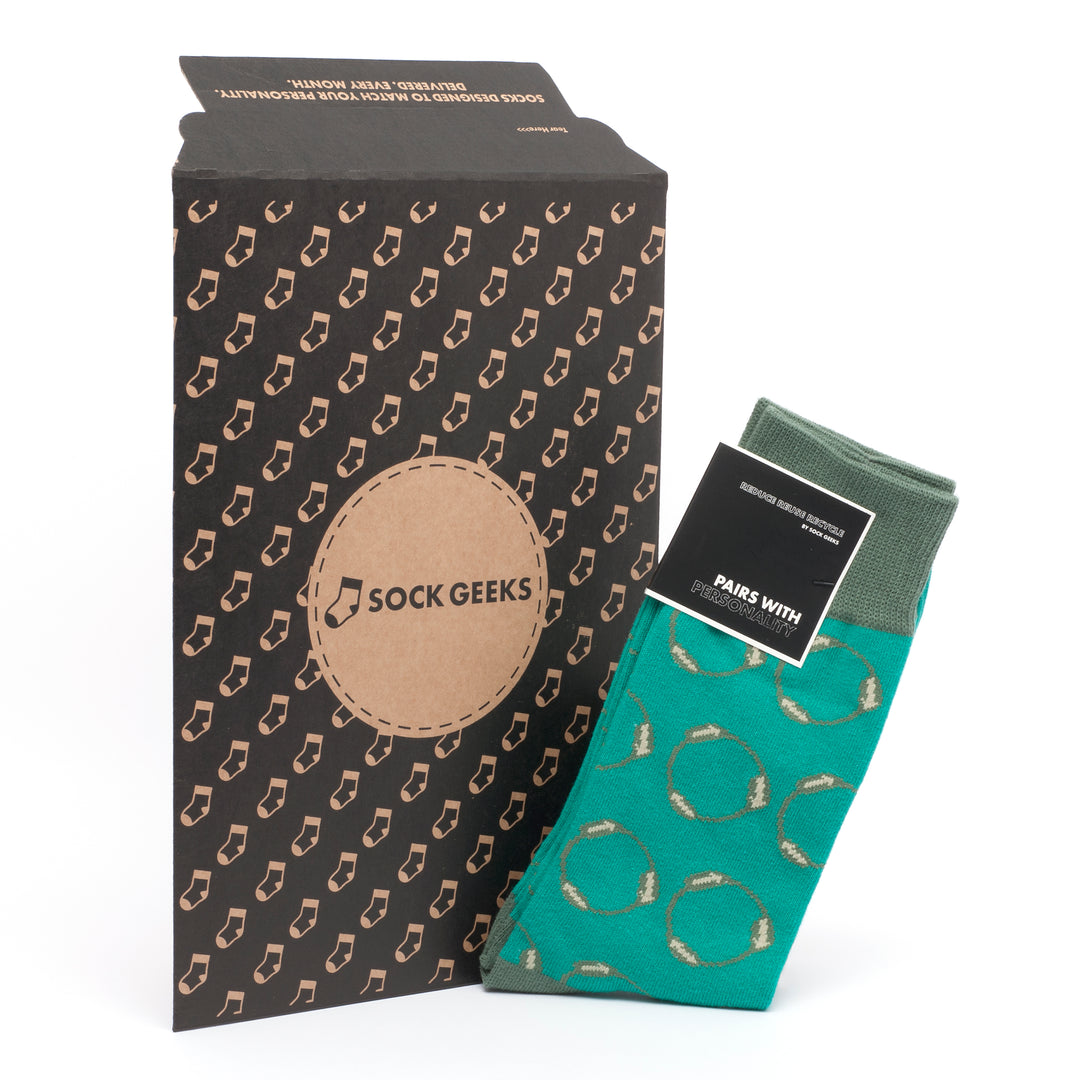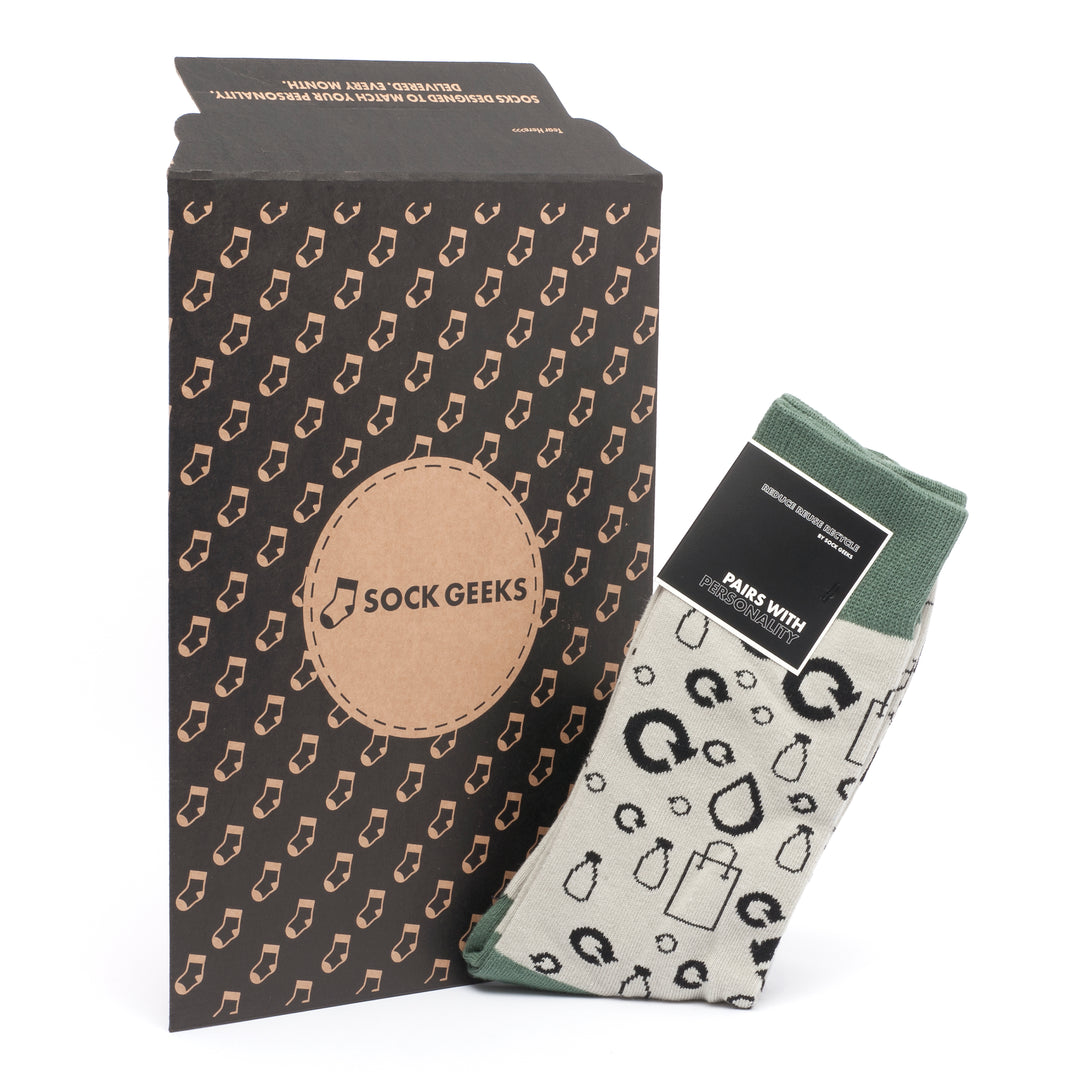What Types of Socks Should We Have for a Healthy Lifestyle? Exploring Essential Varieties
When it comes to leading a healthy lifestyle, the type of socks you wear might not be the first thing that comes to mind. However, choosing the right socks can make a significant difference in your overall well-being. From moisture-wicking materials to cushioned soles, padded socks, sweaty feet, hiking socks, and dress socks, the options are vast. Whether you prefer ankle socks for workouts or compression socks for improved circulation, selecting the appropriate sock type is crucial for comfort and foot health.
Ensuring that your feet are properly supported and fit with padded socks or hiking socks can impact your daily activities, health, and even contribute to better posture. Stay tuned as we delve into the world of socks and explore which types are best suited for promoting a healthy lifestyle, fit for sweaty feet while combating odors.
Understanding Sock Functions
Foot Health
ks play a crucial role in maintaining foot health by providing a protective barrier between the feet and shoes. They help prevent blisters, calluses, and other skin irritations that can result from friction.
Wearing socks also helps to absorb sweat, keeping the feet dry and reducing the risk of fungal infections such as athlete's foot. By maintaining proper moisture levels, socks contribute to overall foot hygiene.
Comfort and Support
Comfort is a key function of socks, offering cushioning and softness that enhance the wearing experience. They act as a buffer between the feet and the shoes, preventing discomfort caused by rubbing or pressure points.
Moreover, socks provide support by helping to maintain the shape of the shoe and reducing strain on the feet. Certain types of socks are designed with extra padding in specific areas to offer additional support where needed.
Proper Fitting Socks
The importance of wearing properly fitting socks cannot be overstated. Ill-fitting socks can lead to health issues such as blisters, corns, and even structural problems like bunions. It is essential to choose socks that match your shoe size for optimal comfort and performance.
When selecting socks, consider factors such as material, thickness, and design based on your activities to avoid sweaty feet and prioritize health. For example, athletic socks are designed to provide extra cushioning and support during physical exercise, while dress socks focus more on style and breathability.
Exploring Sock Varieties
Materials
ks are crafted from various materials, each offering unique benefits. Cotton socks are breathable and ideal for everyday wear, ensuring comfort and preventing sweat accumulation. Wool socks provide excellent insulation, keeping feet warm even in cold conditions. On the other hand, synthetic socks are moisture-wicking, making them perfect for intense physical activities.
Benefits
Cotton socks are soft, hypoallergenic, and suitable for sensitive skin. They absorb moisture effectively, reducing the risk of fungal infections and promoting health. Wool socks regulate temperature well, preventing overheating or chilling of the feet. They are durable and odour-resistant. Synthetic socks excel in moisture management, keeping feet dry during workouts or outdoor adventures.
Designs and Styles
ks come in a myriad of designs to suit various preferences and occasions. From ankle socks for casual outings to knee-high compression socks for athletic performance enhancement, there is a style for every need. Patterned socks add a pop of colour to outfits, while thick cushioned socks provide extra comfort during long walks or hikes.
Essential Socks for Daily Activities
Types of Socks Suitable for Daily Wear
When it comes to socks for daily activities, it's crucial to choose the right ones for different purposes. Sports socks are designed to provide extra cushioning and support during physical activities. Dress socks, on the other hand, offer a more formal look and are ideal for professional settings. For outdoor enthusiasts, hiking socks with added padding and moisture-wicking properties are essential to prevent blisters and keep feet dry.
Importance of Choosing Activity-Specific Socks
Selecting the appropriate socks based on the activity is vital for maintaining foot health and overall comfort. Padded socks can reduce impact during high-impact sports, while right socks with a snug fit help prevent friction and blisters. For individuals with sweaty feet, opting for moisture-wicking materials can keep feet dry and prevent odour-causing bacteria growth.
Enhancing Comfort During Daily Activities
The type of socks worn can significantly impact comfort levels during daily tasks. Choosing sports socks when engaging in physical exercises provides adequate support and prevents chafing. Similarly, wearing dress socks that complement formal attire ensures a polished appearance throughout the day. For those spending long hours on their feet, such as nurses or retail workers, investing in padded socks can alleviate pressure on the soles and enhance overall comfort.
Seasonal Sock Selections
Summer
For summer, opt for moisture-wicking socks to keep your feet dry and prevent blisters. These socks are designed to pull moisture away from the skin, promoting breathability. They are ideal for hot and humid weather conditions. Ensure you choose the right sizes to prevent discomfort.
Moisture-wicking socks are made of synthetic materials that draw sweat away from the skin, helping to regulate temperature. This feature is essential in preventing fungal infections and odour build-up during the warmer months. The proper choice of these socks can enhance comfort and overall foot health.
Winter
In winter, thermal socks are a must-have to keep your feet warm and insulated. These socks are thicker and designed with special materials to retain heat effectively. Thermal socks provide extra cushioning and protect your feet from cold surfaces.
Thermal socks come in various thicknesses, allowing you to choose the level of insulation based on your needs. They are perfect for outdoor activities in cold weather or simply lounging at home during winter evenings. Make sure to select the right sizes for a snug fit that doesn't restrict blood circulation.
Benefits of Sustainable Socks
Environmental Advantages
Sustainable socks are crafted from eco-friendly materials like organic cotton, bamboo, and recycled polyester. These materials reduce the carbon footprint and promote a healthier environment. By choosing sustainable socks, individuals contribute to conserving natural resources and minimising waste production.
Healthier Lifestyle
Wearing sustainable socks can have a positive impact on personal health. The use of natural fibres in these socks allows for better breathability, reducing the risk of fungal infections and odour build-up. Sustainable socks are often free from harmful chemicals, making them ideal for individuals with sensitive skin.
Durability and Quality
One of the key benefits of sustainable socks is their exceptional durability. The high-quality materials used in these socks ensure that they last longer than traditional counterparts. This longevity not only reduces the need for frequent replacements but also saves money in the long run. Furthermore, sustainable sock materials are often soft to touch, providing superior comfort throughout the day.
Merino Wool and Eco-Friendliness
Temperature Regulation
Merino wool socks are renowned for their breathability and ability to regulate foot temperature. The natural fibres of merino wool allow air to circulate, preventing sweat build-up.
Merino wool's unique properties help keep feet warm in cold weather and cool in hot conditions. This natural temperature regulation makes them perfect for various activities, from hiking to everyday wear.
Environmental Benefits
Choosing merino wool socks contributes to eco-friendliness due to the sustainable practices involved in producing this material. Merino wool comes from Merino sheep, which are typically raised in humane conditions.
Unlike synthetic materials like polyester, merino wool is biodegradable and renewable. By opting for merino wool socks, you are supporting sustainable practices that have a lower impact on the environment.
Foot Health Benefits
The quality of merino wool ensures that it is gentle on the skin, reducing the risk of irritation or blisters. Its natural elasticity provides an ideal fit, catering to different foot sizes and shapes.
Merino wool's moisture-wicking properties help manage odors by absorbing sweat and releasing it as vapour. This process reduces the growth of bacteria that cause foot odour, keeping your feet fresh throughout the day.
Comfort and Durability
Merino wool socks offer exceptional comfort due to their soft texture and cushioning effect. They also provide excellent insulation without adding bulkiness, making them suitable for various footwear styles.
In terms of durability, merino wool is known for its resistance to wear and tear. Despite being lightweight, these socks can withstand frequent washing and maintain their shape over time.
Innovations in Sustainable Materials
Recycled Fibres
Natural fibres like bamboo, hemp, and organic cotton are gaining popularity in sustainable sock production. These materials offer breathability and moisture-wicking capabilities, keeping feet dry and comfortable.
Recycled polyester, nylon, and other synthetic fibres are being used to create durable socks that reduce waste and environmental impact. These fabrics possess excellent stretch and recovery properties, ensuring a snug fit for prolonged wear.
Biodegradable Fabrics
Innovative companies are exploring biodegradable options such as corn-based PLA yarns for sock manufacturing. These materials break down naturally, reducing the carbon footprint associated with traditional synthetic fibres.
Corn-based PLA yarns have similar moisture-wicking abilities to conventional fabrics, making them an eco-friendly alternative without compromising on performance or comfort.
Performance Enhancements
The socks made from sustainable materials not only benefit the environment but also enhance foot comfort. Merino wool blends with recycled fibres provide natural insulation and odour resistance, ideal for active individuals.
The use of innovative fabric technologies like silver-infused threads offers antibacterial properties that help prevent foot odour and maintain freshness throughout the day.
Care and Maintenance Tips
Cleaning Methods
To ensure health and protection, wash socks inside out in cold water to maintain their fit. Avoid using fabric softeners that can cause issues like reduced padding and increased heat retention.
Regularly washing socks prevents the buildup of moisture and bacteria, crucial for foot hygiene. Opt for gentle detergents to avoid damaging the fabric and compromising the sock's ability to wick away sweat.
Replacement Importance
Replacing socks after 6 months of regular use is essential for maintaining proper foot health. Over time, socks lose their ability to provide adequate support, leading to potential injuries during activities like running.
Worn-out socks can impact the foot's circulation, causing discomfort and increasing the risk of developing blisters. Investing in new pairs ensures optimal comfort and protection for your feet.
Hygiene Significance
Maintaining clean socks is not just about freshness; it's crucial for preventing fungal infections and other foot-related issues. Proper sock hygiene plays a vital role in overall foot health.
When socks are not changed regularly, they become breeding grounds for bacteria due to trapped moisture. This can lead to unpleasant odours, skin irritations, and even more serious infections that may require medical attention.
Summary
You've delved into the world of socks, understanding their functions, exploring various types, and learning about essential choices for different activities and seasons. Sustainable options like Merino wool have been highlighted, along with care tips to make your socks last longer. Embracing eco-friendly materials and innovations can not only benefit you but also contribute to a greener environment.
As you continue your sock journey, remember to choose wisely based on your needs and preferences. Opt for sustainable options where possible, and don't forget to care for your socks properly to maximise their lifespan. Your choice of socks may seem small, but it can have a significant impact on both your comfort and the planet. Make informed decisions that align with your values and lifestyle.
Frequently Asked Questions
What are the key purposes of socks for maintaining a healthy lifestyle, especially for sweaty feet and poor circulation?
Socks provide cushioning, moisture-wicking properties, temperature regulation, and protection against blisters. They also improve blood circulation and prevent odour build-up, crucial for overall foot health.
Which types of socks, especially for sport and hiking, are essential for daily activities to support a healthy lifestyle?
For daily activities, opt for moisture-wicking socks with arch support and cushioning. Compression socks can aid in blood circulation during long periods of standing or physical activity.
How should one select seasonal socks to promote foot health and overall well-being?
In warmer seasons, choose breathable cotton or bamboo socks to prevent overheating. For colder months, opt for insulating wool or thermal socks to keep feet warm and dry.
What are the benefits of choosing sustainable socks for a healthier lifestyle?
Sustainable socks reduce environmental impact through eco-friendly materials and ethical production practices. They often offer better breathability, durability, and comfort while supporting ethical fashion choices.
Why is Merino wool a recommended material for eco-friendly hiking socks options?
Merino wool is biodegradable, renewable, and naturally moisture-wicking and odour-resistant. Its fine fibres provide softness without compromising on warmth, making it an excellent choice for sustainable and comfortable socks.















Leave a comment